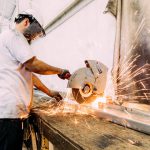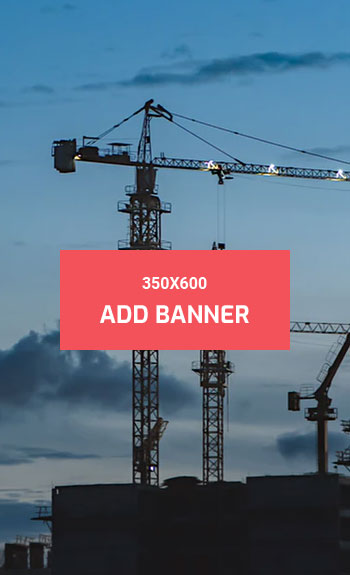Because demand is driven by the economy, the profitability of the metal fabrication industry relies on economic growth to thrive. Since the economic rebound after the last recession, metal fabrication has become a strong and intense business that continues to recalibrate itself and flourish. Current adjustments include a shift from leaning on a few large projects to maintain a yearly profit to attempting to maintain steady sales volumes by diversifying and continuing to follow the successful template of previous years.
Most companies in the metal fabrication business work primarily to fortify their organization’s strategy in a manner that can best help them make it through changes in the global economy. When the local economy thrives, these boosts tend to cause consumers to loosen their purse strings and purchase bigger-ticket items such as cars, boats, and houses. And as the population continues to grow, new construction picks up, requiring additional agricultural and commercial machinery.
The metal fabrication industry is highly cyclical and depends on industries such as auto, aerospace, construction, and energy. Earnings for each sector vary based on market and economic factors affecting those markets. Investors must look at their particular customer base and the economic influences affecting them in any given year.
To gather the best predictions, metal fabricators can start by looking at significant statistics for that area of business, be it home construction, energy, defense, or any other area. By diversifying the customer base and collecting customers from a variety of sectors, the cyclical nature of the industry can better manage to keep net profits consistent.
Metal fabricators that can quickly shift product lines can protect profits and focus on areas where demand is most prevalent. This type of diversification can create a sustainable revenue base, regardless of revolving economic conditions.






